June 8, 2025 | 08:18 GMT +7
June 8, 2025 | 08:18 GMT +7
Hotline: 0913.378.918
June 8, 2025 | 08:18 GMT +7
Hotline: 0913.378.918
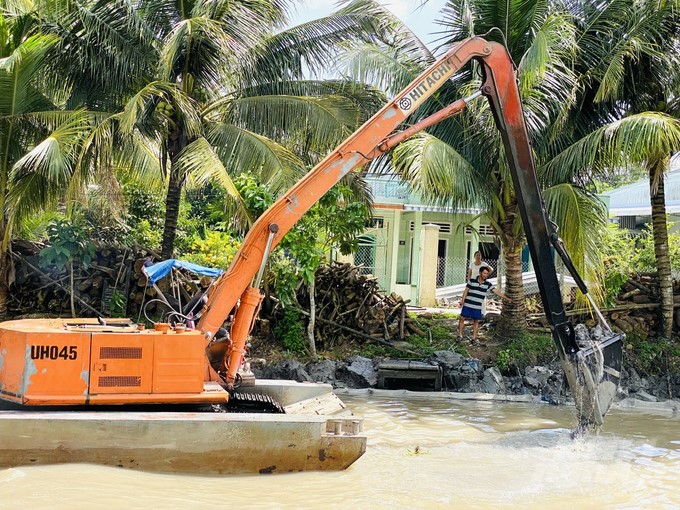
In 2023, the total volume of dredging for on-farm irrigation in Can Tho city will be 378,000 m3, upgrading and reinforcing the embankment with a volume of about 22,000 m3. Photo: Ho Thao.
Over the years, the agriculture sector of Can Tho city has had many outstanding points, especially in infrastructure investment, irrigation development, flow clearance, and assurance of irrigation water sources, thereby contributing to promoting the growth of agricultural production.
The coastal districts such as Thoi Lai, Co Do, Vinh Thanh, O Mon, and Thot Not districts are fully supplied with fresh water from the Hau river because they are not affected by drought and saltwater intrusion, so farmers are active in agricultural production. After harvesting winter-spring rice, farmers start working on the land to switch to summer-autumn rice production.
According to the agriculture sector of Can Tho City, up to now, the city has sown a summer-autumn rice variety on over 70,000 ha. Currently, farmers start to harvest early summer-autumn rice varieties with an average yield of 5.5–6.5 tons/ha.
The special thing is that this year, many farmers are happy when the yield of the summer-autumn crop stays as stable as in previous years, the rice has few pests and diseases, and it is sold at a high price. The investment cost for the summer-autumn crop is 10-15% lower than in previous years, thanks to the application of new scientific and technological solutions and the increased use of organic fertilizers, reducing the use of chemical fertilizers.
In the early days of July, traveling along the traffic routes of Thoi Lai, Vinh Thanh, and Co Do districts, it can be seen that many farmers have entered the early summer-autumn rice harvest crop because rice production was not affected by the dry season in the early months. Localities also take the initiative to strengthen irrigation by dredging on-farm canals and storing water, so agricultural production becomes more favorable.
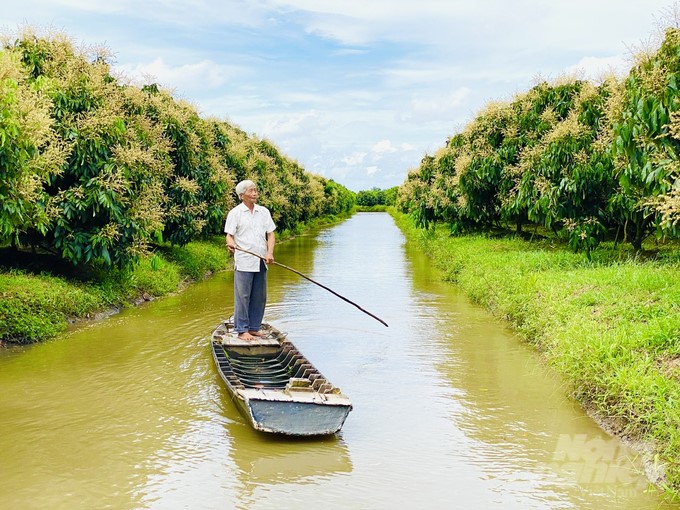
Thanks to a good irrigation system, Can Tho City produces three rice crops/year with an output of over 1.3 million tons, 170,000 tons of fruit trees, and over 220,000 tons of fishery products. Photo: Le Hoang Vu.
Mr. Tran Van Thom in Truong Xuan commune, Thoi Lai district, Can Tho city, who cultivated more than 1.3 ha, said that more than 10 years ago, this land could only produce two rice crops per year, and the yield was not high because the irrigation system had not met the demand and the amount of water in the field was not adequate.
However, in recent years, thanks to the government's attention and investment in on-farm irrigation structures, farmers in the commune have increased their production to three rice crops per year, and the yield is much higher than before. At the same time, farmers also develop fruit trees and aquaculture.
Particularly for this year's summer-autumn rice crop, thanks to good on-farm irrigation, Mr. Thom's 1.3 ha of rice has less need to hire someone to pump water into the field, reducing the cost of water pump rental by about VND 2 million, but the rice develops greenly and healthily with fewer pests and diseases, thereby reaching 6.2 tons/ha at the end of the rice crop.
According to the Department of Agriculture and Rural Development of Thoi Lai district, the irrigation structures to create on-farm sources in 2023 will have a total length of nearly 108 km and a total volume of 800,000 m3 to serve more than 10,200 ha of agricultural land.
The district’s Department of Agriculture and Rural Development has coordinated with the district’s departments and branches and the People's Committees of communes and towns to mobilize people to dredge eight on-farm irrigation structures with a total budget of VND 145 million. These structures have a total length of more than 7km and a total volume of over 13,000 m3, serving nearly 300 ha of agricultural land.
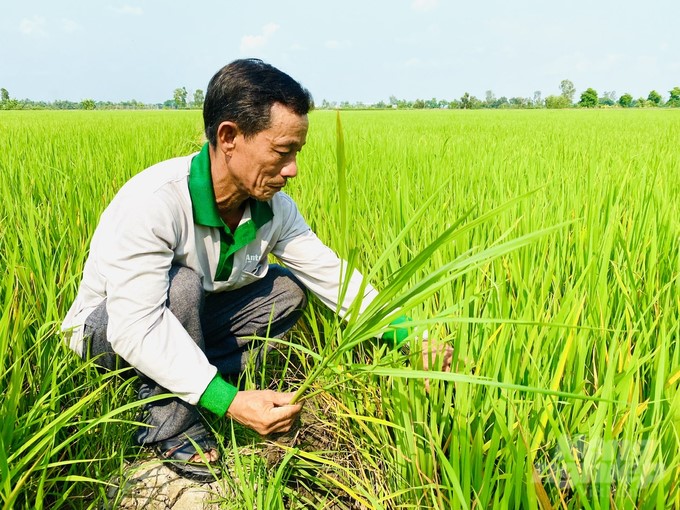
Irrigation development, flow clearance, and assurance of irrigation water sources have contributed to promoting the growth of agricultural production. Photo: Ho Thao.
Mr. Nguyen Qui Ninh, Head of Can Tho Sub-Department of Irrigation, said: It can be said that over the years, the irrigation system in the area has contributed to the city's agricultural production achievements. Typically, Can Tho city produces three rice crops /year, with an output of over 1.3 million tons.
The output of fruit trees reached nearly 170,000 tons, and that of aquaculture reached over 220,000 tons. The above results were achieved thanks to the complete investment in the agricultural infrastructure system, embankments, and water supply canals, along with synchronously implemented irrigation by the grassroots government.
Translated by Huyen Vu Thu
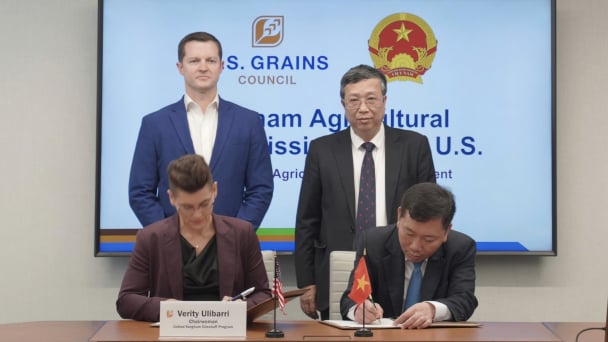
(VAN) The U.S. Grains Council signed a 5-year cooperation agreement with the Partnership for Sustainable Agriculture in Vietnam (PSAV) during MAE's agricultural trade mission.
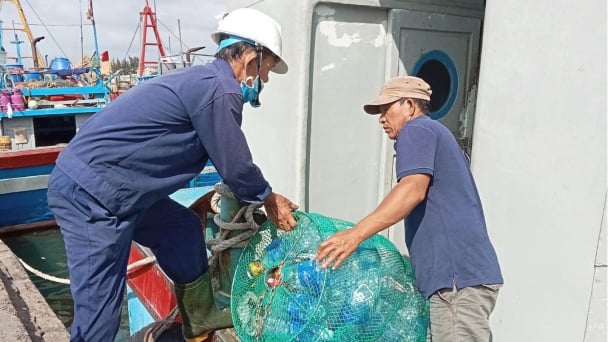
(VAN) Vietnam Agriculture and Nature News interviewed Mr. Vu Thai Truong, Acting Head of Climate Change and Environment at UNDP Vietnam on the occasion of World Environment Day (June 5).
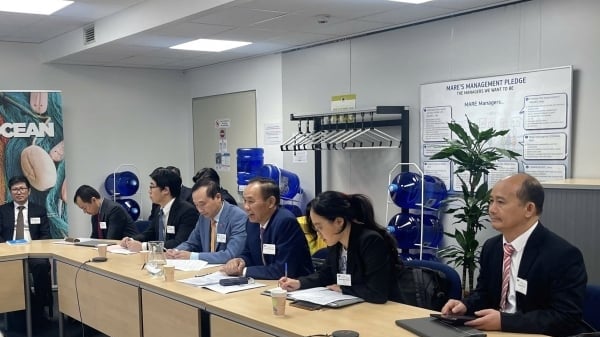
(VAN) On June 5, Deputy Minister of Agriculture and Environment Phung Duc Tien held a working session with the Directorate-General for Maritime Affairs and Fisheries of the European Commission (DG MARE).
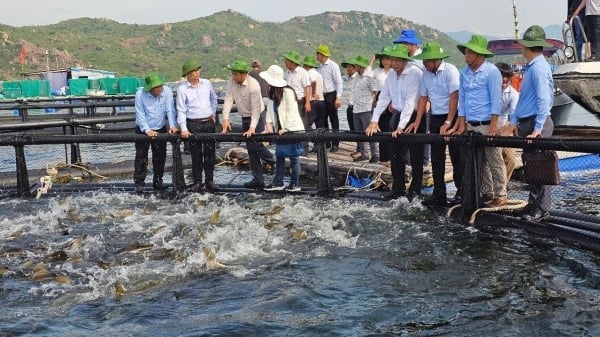
(VAN) According to Prof. Dr. Mai Trong Nhuan, former Director of Vietnam National University, Hanoi, the national ocean spatial plan is devised to guide the ocean economy toward achieving its key objectives.
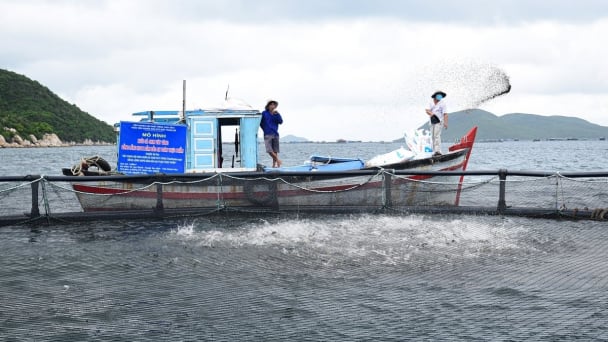
(VAN) Vietnam’s aquatic resources decreased from over 5 million tons in the period 2000-2005 to just over 3.9 million tons in the period 2016-2020.

(VAN) The U.S. Congress recognizes Vietnam's role as a reliable and dynamic economic partner in the Asia-Pacific region.
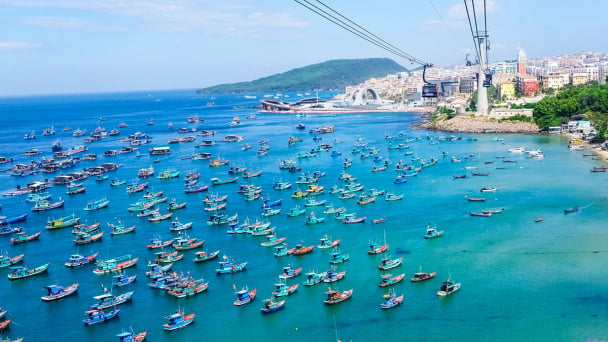
(VAN) Vietnam Sea and Island Week 2025 is a powerful call to action for connecting technology and unlocking policies, aiming towards a modern, sustainable blue ocean.